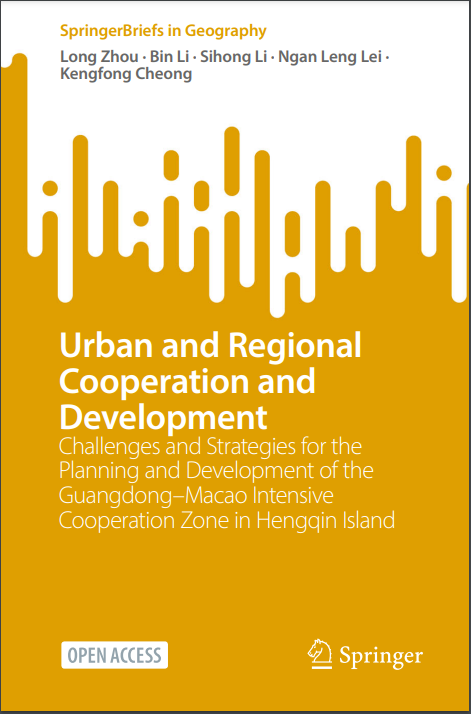Urban and Regional Cooperation and Development
Editorial: Springer Singapore
Licencia: Creative Commons (by)
Autor(es): Long Zhou
Bin Li
Sihong Li
Ngan Leng Lei
Kengfong Cheong
This is an open access book. This book, first of all, introduces the new unveiled Guangdong-Macao Intensive Cooperation Zone with details as a special mode of the regional collaborative development that is committed to be mutually beneficial to both sides with different political and economic systems. China's central authorities have recently issued a masterplan for constructing the Guangdong-Macao Intensive Cooperation Zone at Hengqin Island in September 2021. As China's first and last European colony and one of China’s two special administrative regions (SARs), Macao has developed the gambling industry seven times larger than that of Las Vegas. However, the problem of the homogeneous industrial structure and the urgent need to promote sustainable economic growth by regional cooperation have been important theoretical and practical issues discussed by scholars and policy-makers. The Guangdong-Macao Intensive Cooperation Zone (ICZ) is managed under special customs supervision between two boarder lines and expected to diversify Macao’s economy. Then, this book dissects the theory of regional synergistic development and its applications in a number of international comparative and cross-interdisciplinary case studies worldwide. Finally, from the perspective of land use, transportation connection, and social service, this book thoroughly explores the challenges and strategies to implement the new cooperation model within the framework of one country, two systems, two customs, and two currencies to achieve a win–win situation using updated first-hand data collected by literature review, case study, field survey, spatial analysis, and interview.
Compartir:
Una vez que el usuario haya visto al menos un documento, este fragmento será visible.


